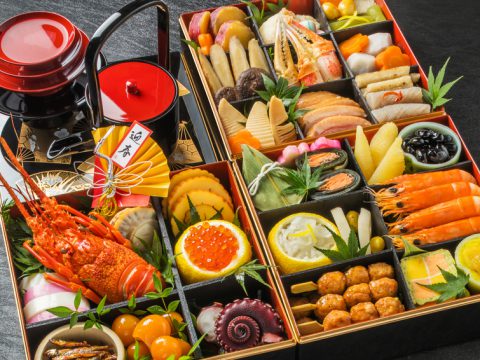Shojin Ryōri 精進料理-しょうじんりょうり-
JAPANESE FOODS
16.07.2019
Shojin Ryōri 精進料理-しょうじんりょうりー
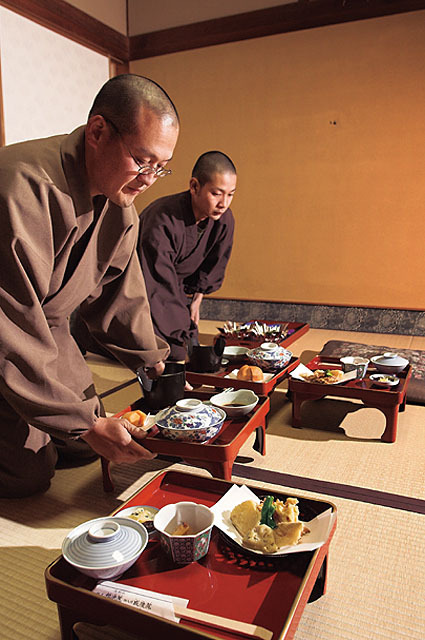
The concept of Shojin Ryōri arrived in Japan in the 13th century when Buddhism was introduced to the country. This way of cooking is based on the fundamental principle of Buddhism that prohibits killing a living being. That means, of course, that they don’t eat any meat or fish, but neither onions or garlic because those are bulbs and by eating them, in a way, you are killing the plant. Shojin Ryōri is therefore totally vegetarian and often even a vegan diet since some people do not consume eggs either.
The Shoji Ryōri is a very harmonious cuisine and eco-friendly. It uses local and seasonal ingredients (often grown by the monks themselves) to avoid transporting food from far locations and reduce the environmental impact footprint. For the same reason, it also avoids complicated meals that require many appliances or packaged processed food. To avoid wasting food, there are some recipes of this cuisine -usually broths- that use the skin of carrots, the leaves of radishes, etc.
Buddhism prescribes an austere but nutritious diet combined with physical exercise to keep the body healthy and promote spiritual work. In a way, Shojin Ryōri is the “translation” of the idea of “mens sana in corpore sano”.

However, these restrictions in the Buddhist diet do not prevent it from being beautiful or varied in ingredients and flavors. The same as the kaiseki food, it is also based on the harmony between tastes, textures and the appearance of food. Shojin Ryōri generally seeks to balance the following aspects of each meal: color, flavor, method of elaboration and the elements – the theory of the five elements – fire, earth, water wood, and metal. Also, they serve the meal in a round bowl that inspires the cosmic representation of the world on their own plate.
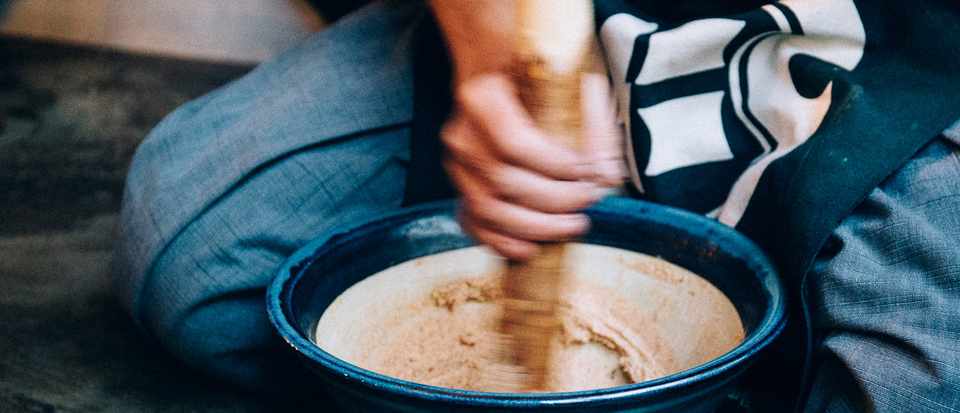
Although the practices and interpretations may differ according to sect, Shojin Ryōri generally seeks to balance the following aspects of each meal: the five elements theory.
- The five colors: white, green, yellow, black, and red.
- The five flavors: sweet, sour, salty, bitter, and savory.
- The five preparation methods: raw, stewed, boiled, roasted, and steamed.
- The five elements: different fruits, legumes, and vegetables are said to contain different energies, according to the five elements theory.
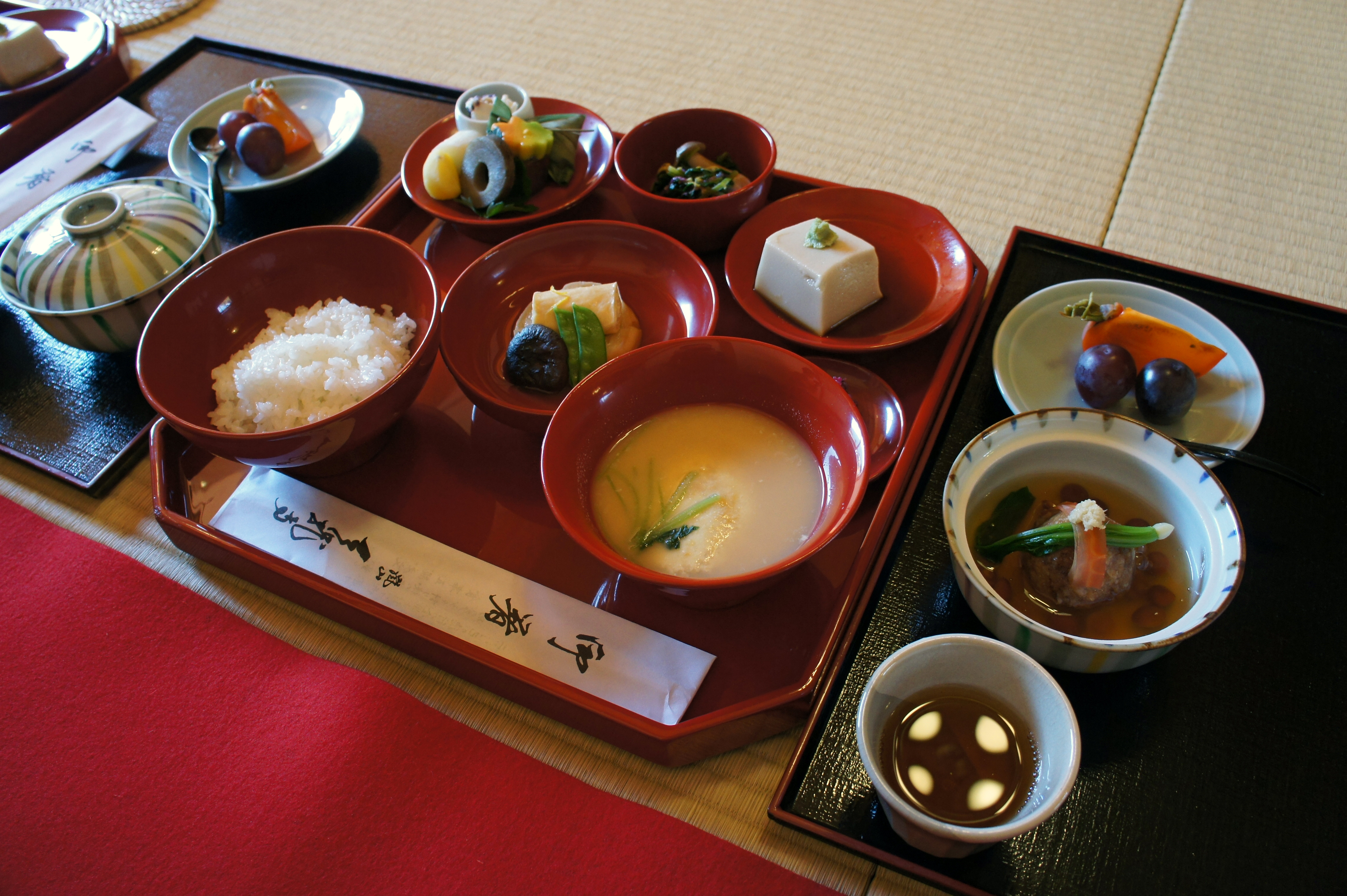
- Sometimes, Shojin Ryōri techniques require great effort and concentration, such as making sesame paste by grinding sesame seeds with a mortar. Other cooking methods include blanching, fermentation, and pickling. Many of the Shojin Ryōri cooking processes, particularly grinding with mortar, can be meditative. Each part of the cooking process is carried out with care and attention. Conscientious cooking and eating are key components of a balanced and healthy life.
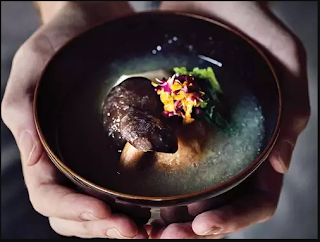
As a conclusion, we can say that to prepare a simple, seasonal and nutritious meal is the healthiest option for our bodies and for the planet. Simple food is easy to digest and making meals from scratch can be therapeutic and rewarding.


